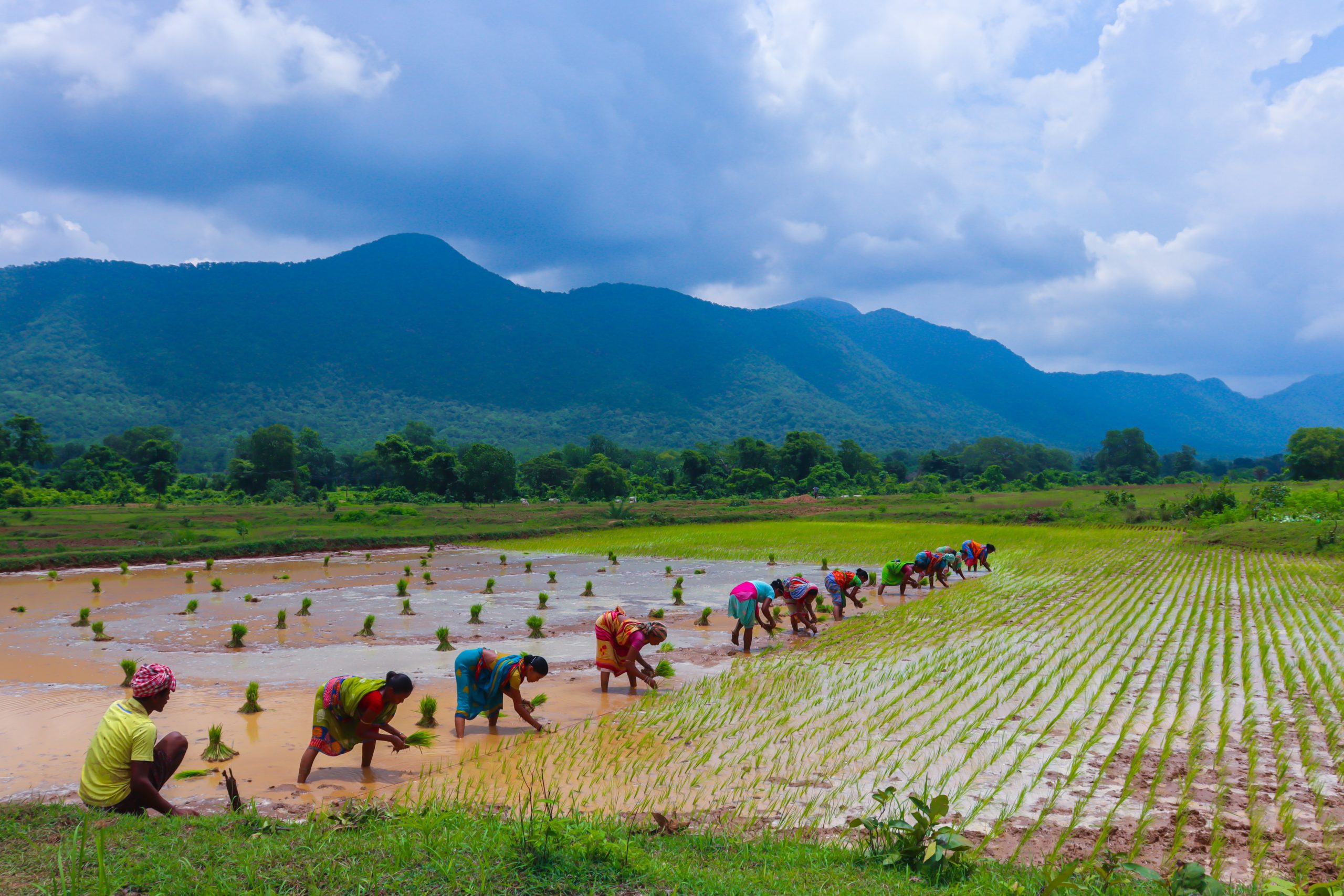One of Namibia’s most significant industries is agriculture, which provides revenue and a living for about 70% of the nation’s citizens, largely in the subsistence sector. The arid environment and geographic features of this nation, however, do not favor farming, and the crop variety is quite constrained. Three important crops are sorghum, millet, and maize.

In this nation, there are primarily two forms of farming: commercial farming and subsistence farming. In addition to the nation’s commercial agriculture industry, a sizable unorganized sector primarily engages in subsistence farming. Even though it only houses 10% of this nation’s population, the commercial sector takes up around 44% of the overall land area. About 60% of their population lives in the communal sector, which takes up 41% of their total land area. Poor market access or the lack of high-quality seed inputs that thrive in drought circumstances, agricultural production, and subsequently income is low in the subsistence sector.
The livestock industry is profitable and export-focused. The majority of livestock exports are comprised of beef. Due to the abundance of fish in the Namibian seas, fishing is another significant aspect of their primary economy.
The agricultural industry employs a significant number of people. Over the past five years, it has contributed slightly over 4% of the GDP (excluding fishing), and in 2019 it even contributed 6.6%. Approximately two-thirds of agricultural production comes from livestock farming, with the other third coming from crop farming and forestry.
Agricultural products and production
Crop cultivation and animal farming are both part of Namibia’s agricultural sector.
Livestock
Due to its continued dominance in the industry, livestock farming accounts for almost two-thirds of all agricultural output. Namibia’s commercial cattle farming industry is well-established, capital-intensive, and export-focused.
While sheep and goat husbandry is concentrated in the more arid southern regions, cattle farming predominates in the central and northern regions. The majority of the country’s “community lands where wandering cow herds are common are only used for subsistence farming. The veterinary barrier, often known as the red line, prevents pest invasion, therefore animals from the north cannot be exported or swapped to the south.
In recent years, the poultry sub-sector has expanded dramatically and is now the second-largest sub-sector in terms of annual income, bringing in 1.05 billion NAD. Only 1,500 tonnes of frozen chicken pieces can be imported each month.
Charcoal
The charcoal industry in this country is well-established and it is one of the leading exporters of wood charcoal worldwide. Production of charcoal is a crucial activity for controlling bush encroachment and simultaneously rehabilitating rangeland. The percentage of all agricultural exports that were charcoal has climbed from 10.3% in 2018 to 16.8% in 2019. Out of the fifteen nations that shipped the most charcoal for the most money in 2019, Namibia came in sixth. Due to this, the nation is now the biggest exporter of charcoal in Southern Africa. The bush harvesting procedure is well-regulated, and the charcoal value chain is properly organized.
Business opportunities and challenges
Opportunities and challenges for European businesses interested in doing business in Namibia’s agricultural industry are related to the broader SWOT analysis of the nation. The agricultural industry is also characterized by a few special circumstances.
In Namibia, agriculture presents a variety of excellent chances for economic development, job creation, food security, and the eradication of poverty. The industry must overcome several obstacles to take advantage of this potential.
Namibia experiences unpredictable rainfall and recurrent drought. In addition to limiting agricultural production and precipitating a steep decrease in harvests, severe drought conditions have also reduced the productivity of the cattle industry. This increases the difficulty of too relying on livestock production and the lack of diversification and increases the demand for both crop and animal farming.
You may also find these articles helpful
Start IT businesses in the Philippines
Start IT business in Qatar
Start a tourism business in Tonga







